Move
The relic site is 7 km north of Viet Tri city center and 90 km from Hanoi capital. From Hanoi, visitors can get there by road along National Highway 2 or the Hanoi - Lao Cai railway.
Main activities on the occasion of Hung King's death anniversary 2024
The Hung Kings' death anniversary takes place on the 10th day of the third lunar month every year at Hung Temple. This year, the festival falls on April 18th, but the activities will last from April 9th to 18th.
Location: In Viet Tri city, Hung Temple Historical Site and districts, towns and cities in the province.
I. Ceremony
1. Commemoration of National Ancestor Lac Long Quan and Incense offering in memory of Mother Au Co on April 14 (March 6 of the Lunar calendar).
2. Hung King's Commemoration Ceremony and Flower Offering at the Bas-relief "Uncle Ho talking to officers and soldiers of the Vanguard Army" on April 18 (March 10 of the Lunar calendar).
3. Incense offering ceremony to commemorate the Hung Kings of districts, towns and cities in Phu Tho province from April 9 to April 13 (March 1-5 of the lunar calendar).

Xoan singing artists in Hung Lo ancient village. Photo: Phuong Anh
II. Assembly
1. Opening Program of Hung Kings' Commemoration Anniversary - Hung Temple Festival and Cultural Tourism Week of the Ancestral Land in the Year of the Dragon 2024 (8:00 a.m. on April 9 at the Festival Center Stage, Hung Temple Historical Site).
2. Art program with the theme "Convergence of the country" and high-altitude fireworks display (8:15 p.m. on April 17 at the Southern Stage - Van Lang Park/Van Lang Park Pedestrian Bridge, Viet Tri City).
3. Cultural camp and organization of exhibition, promotion and product introduction (from April 9-18, 2024 (March 1-10 of the lunar calendar at Hung Temple Historical Site).
4. Display of artifacts, world documentary heritage, books, newspapers, and photo documents (at Phu Tho Provincial Library; Hung Vuong Museum, Viet Tri City and Hung Vuong Museum, Hung Temple Historical Relic Site (April 9-18, or March 1-10 of the Lunar calendar).
5. Contest of wrapping, cooking Chung cake, pounding Giay cake (8am on April 16, ie March 8 of the Lunar calendar at Hung Temple Historical Site).
6. Orchid Art Exhibition (April 13-18, from March 5-10 of the lunar calendar at the 5-way intersection, Gieng Temple, Hung Temple Historical Site).
7. Ancient village Xoan singing performance (April 14-18, or from March 6-10 of the lunar calendar at An Thai Communal House, Lai Len Temple, Hung Lo Communal House, Viet Tri city).
8. Street music program "Viet Tri Livemusic" and night cultural activities (April 9 - 17, or March 1-9 of the lunar calendar at Van Lang Park, Viet Tri city).
9. Art exhibition with the theme "Homeland, country, people of Phu Tho" (April 14 - 18, from the 6th to the 10th of the 3rd lunar month. Opening at 9:00 a.m. on April 14, from the 6th of the 3rd lunar month at Hung Temple Historical Site).
10. Phu Tho OCOP Trade Fair and Product Exhibition (April 12-18, ie March 4-10 of the Lunar calendar at Hung Vuong Square, Gia Cam Ward, Viet Tri City).
11. Physical education, sports activities and traditional folk games (from April 14 to 18, or from March 6 to the end of March 10 of the lunar calendar; morning from 8:00 a.m., afternoon from 2:00 p.m. at Hung Temple Historical Site).
12. Xoan Festival Art Program - Heritage Land (8:00 p.m. on April 14, the 6th day of the 3rd lunar month at the Festival Center Stage and the area in front of the Guest Reception House, Hung Temple Historical Site).
13. Art program of performing folk songs and some types of recognized intangible cultural heritage; Xoan Festival - Heritage area (from April 14 - 15, i.e. March 6 - 7 of the lunar calendar).
14. Inauguration of the bas-relief "Uncle Ho talking to cadres and soldiers of the Vanguard Army" (9:00 a.m. on April 8, i.e. February 30 of the lunar calendar, at the Hung Temple Historical Site).

Hung Temple is packed with people on the occasion of the death anniversary of the ancestors.
Attractions
The Hung King Temple on Nghia Linh Mountain was built on a mountain 175 m high. According to legend, Nghia Linh Mountain is a dragon's head facing south, its wide body winding into Van and Troc mountains. Van Mountain is 170 m high, Troc Mountain in the middle is 145 m high. According to legend, the three peaks are called "tam som cun dia", and are considered by the people as three sacred peaks.
Temple Gate
Before going to the temple, visitors must pass through the temple gate, this is the starting point of the pilgrimage to visit the ancestral land, the birthplace of the Vietnamese people.
The gate is decorated in a dome style, with a decoration of two dragons facing the moon on the roof. The gate has 2 floors, 8.5m high and 4.5m wide. In the middle of the temple gate above is a large plaque with 4 Chinese characters: Cao Son Canh Hanh (High mountain, big road).
Ha Temple
The temple was built from the 17th to the 18th century, and has undergone many renovations (most recently in 2011) but still retains its original architecture. The house has two buildings, the front is the front hall and the back is the sanctuary. The sanctuary is where the thrones and tablets of the mountain gods, the Hung Kings, and Princesses Tien Dung and Ngoc Hoa are worshiped.
According to legend, Ha Temple is where Mother Au Co gave birth to a sac of 100 eggs, which later hatched into 100 sons. Because it is associated with the legend of Mother Au Co, people often pray for good luck and prosperity in their children and family when they come to Ha Temple, as well as for safe childbirth because Mother Goddess is believed to be the guardian of safe mother and child.
Right at the foot of the Lower Temple is the Stele House with a hexagonal architecture and 6 roofs. In the Stele House, there is a stone stele, the content of which records the advice of President Ho Chi Minh when he visited on September 19, 1945: "The Hung Kings had the merit of building the country. We, uncle and nephew, must work together to protect the country."
Ancient well
Right behind the Ha temple is the Ancient well (Dragon well). Legend has it that this is where Mother Au Co got water to bathe her children.
Thien Quang Pagoda
The name of the pagoda means the light shining from the sky. Legend has it that when Au Co gave birth to a sac of one hundred eggs, a beam of light shone straight down from the sky at the pagoda's location. The pagoda was built around the 18th-19th century, during the Tran Dynasty. Thien Quang Pagoda worships Mahayana Buddhism. Currently, the pagoda still preserves 32 wooden Buddha statues painted with red and gold.
In front of the pagoda is a three-top cycad tree about 800 years old. The three tops spread out in three directions symbolizing the three regions of North - Central - South. On September 19, 1954, President Ho Chi Minh sat at the base of that cycad tree to listen to comrade Thanh Quang, Chief of the Central Military Commission Office, and Song Ha, Political Commissar of the vanguard army division, report on the situation as well as the plan to take over Hanoi.
Trung Temple
After climbing 159 stone steps, visitors arrive at Trung Temple, located halfway up the mountain. Trung Temple is called "Hung Vuong To Mieu" or the temple to worship the Hung Kings. Legend has it that this is where the Hung Kings often discussed national affairs with their ministers and generals.
During the reign of the 6th Hung King, this was also the place where a competition was held to find a talented person to rule the country. The youngest prince Lang Lieu won by making banh chung and banh giay, which symbolized the round sky and square earth. King Hung praised the cakes for their deliciousness and good ideas, so he passed the throne to Lang Lieu, who became the 7th Hung King.
Upper Temple
From the Middle Temple, climb about 100 steps to reach the Upper Temple, located at the highest point on the mountain. The temple is called Kinh Thien Linh Dien, meaning the temple to worship heaven on Nghia Linh Mountain. According to legend, this is where King Hung often set up an altar to worship heaven to pray for national peace and prosperity. This is also the main location where the most important rituals take place on the anniversary of the death of the ancestors.
Oath Stone
To the left of the Upper Temple is the stone oath pillar. Over the years, the stone pillar was buried and was allowed to be used by the Ministry of Culture, Sports and Tourism, so that descendants could understand the oath of their ancestors. Legend has it that during the reign of the 18th Hung King, King Hung had no heir, so he followed the advice of his son-in-law Tan Vien and passed the throne to his nephew Thuc Phan. Thuc Phan erected the stone pillar, pointed to the sky and swore: The Southern country will last forever, the Hung King temple will last forever. After ascending the throne, Thuc Phan took the title of An Duong Vuong, named the country Au Lac, and moved the capital to Co Loa.
Hung King Tomb
Legend has it that this is the tomb of the 6th Hung King, with the advice: "When I die, bury me on the top of Ca Mountain so that I can look after the country for my descendants". The tomb was built in the position of the head on the mountain and the feet on the water. Although the Hung King's Tomb has undergone many renovations, it still retains its original architecture: leaning against the slope of Hung Mountain and overlooking Bach Hac intersection.
On each wall there is a tiger face, the steps are unicorns, the main door of the mausoleum has two parallel sentences in Nom script expressing the descendants' respect and gratitude to their ancestors: "The mausoleum has been there since ancient times, Tan mountain and Da river still return to the land of the ancestors. - In the new era of civilization, the descendants of Hong and Lac still remember the tomb of their ancestors".
Well Temple
Going down about 600 steps to the Southeast is Gieng Temple, worshiping two princesses Tien Dung and Ngoc Hoa. The love story between Princess Tien Dung and Chu Dong Tu reflects the desire for freedom of love and freedom of marriage. Ngoc Hoa - Son Tinh reflects the work of water control as well as leaving behind a Vietnamese cultural custom: dowry.
The temple is located at the foot of the mountain. The roof is decorated with four sacred animals: dragon, unicorn, turtle, and phoenix. In the middle of the lobby are three large characters "Am thuy tu nguyen" (When drinking water, remember its source), "Nam quoc anh hoang", "Son thuy kim ngoc" (meaning mountains and rivers are as precious as gold and jade).

Dawn on Long Coc tea hill. Photo: Nguyen Anh Chiem
Le Hai, Vice President of the Phu Tho Province Tourist Guide Association, said that visiting the Hung Kings Temple only takes half a day. Therefore, tourists can combine visiting other destinations in the city such as the Tich Dien Altar (where King Hung taught people to grow rice), Tien Temple (worshiping King Kinh Duong Vuong's wife, Lac Long Quan's biological mother), and Ken Son-in-law Tower located on the Golden Bridge in Van Lang Park.
If you plan to go for two days, go to Long Coc tea hill , hunt for early morning mist and watch the sunrise, Xuan Son national park eco-tourism area, Thanh Thuy hot spring resort...
See more: Must-see stops in Phu Tho
Eat and drink
Le Hai suggests that tourists should buy some gifts and try them: palm fruit, sour meat with prices from 40,000 VND, cassava cake, multi-spurred chicken, five-color sticky rice.
If tourists want to visit the entire Hung Temple relic site, they should have lunch at the restaurants within the relic site. If they only intend to visit the kings' temples, they should stop by Viet Tri city for more options.
Some restaurants in the city that Hai recommends are: Song Da Catfish, Ha Tri Fish Restaurant, Xuan Thuyet Chicken or Coi Nguon Restaurant to try cassava cake. In addition, visitors can visit other restaurants such as Pho Viet, Gia Hoang, Sen Vang. The average price of each meal is about 200,000 VND per person.
Phuong Anh
Source: Phu Tho Electronic Information Portal, Phu Tho Tourism Promotion Center
Source: https://vnexpress.net/cam-nang-du-lich-den-hung-4595429.htm












![[Photo] Phuc Tho mulberry season – Sweet fruit from green agriculture](https://vstatic.vietnam.vn/vietnam/resource/IMAGE/2025/4/10/1710a51d63c84a5a92de1b9b4caaf3e5)
![[Photo] Unique folk games at Chuong Village Festival](https://vstatic.vietnam.vn/vietnam/resource/IMAGE/2025/4/10/cff805a06fdd443b9474c017f98075a4)
![[Photo] Prime Minister Pham Minh Chinh chairs meeting to discuss tax solutions for Vietnam's import and export goods](https://vstatic.vietnam.vn/vietnam/resource/IMAGE/2025/4/10/19b9ed81ca2940b79fb8a0b9ccef539a)

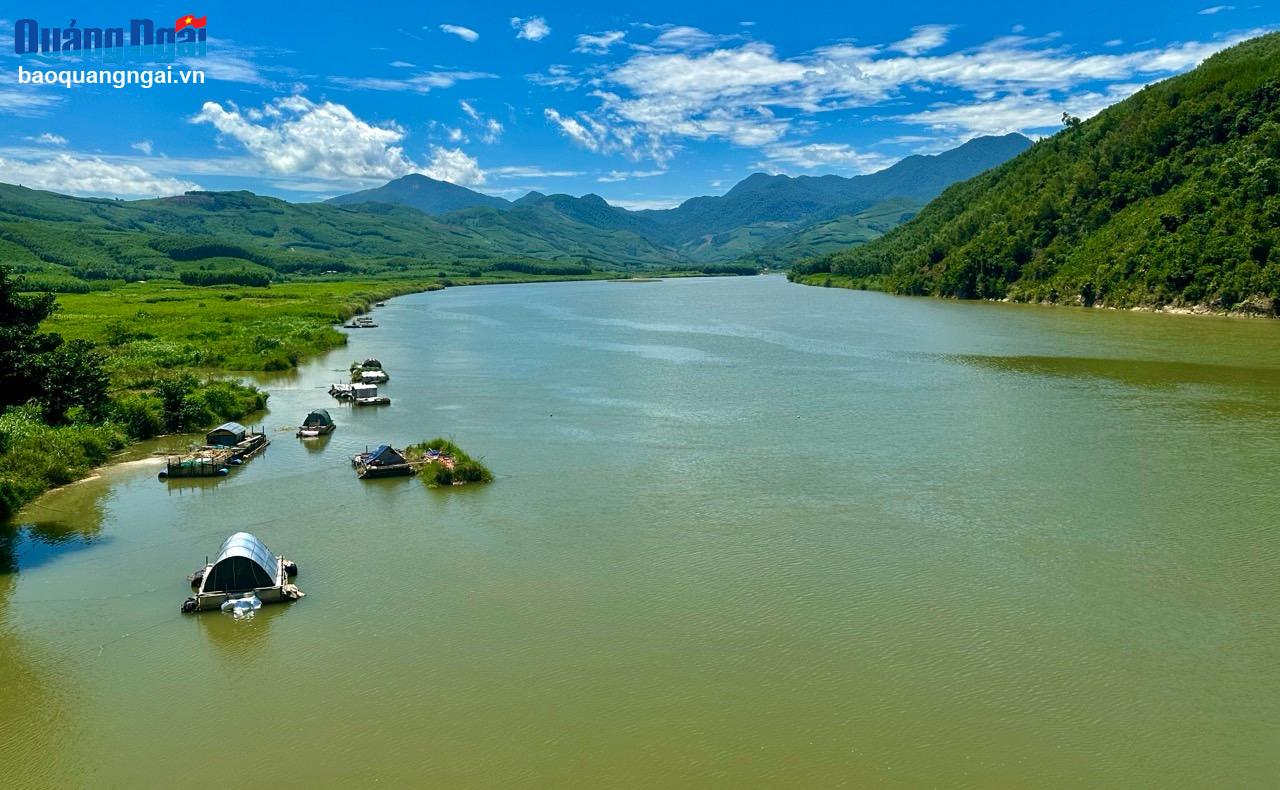
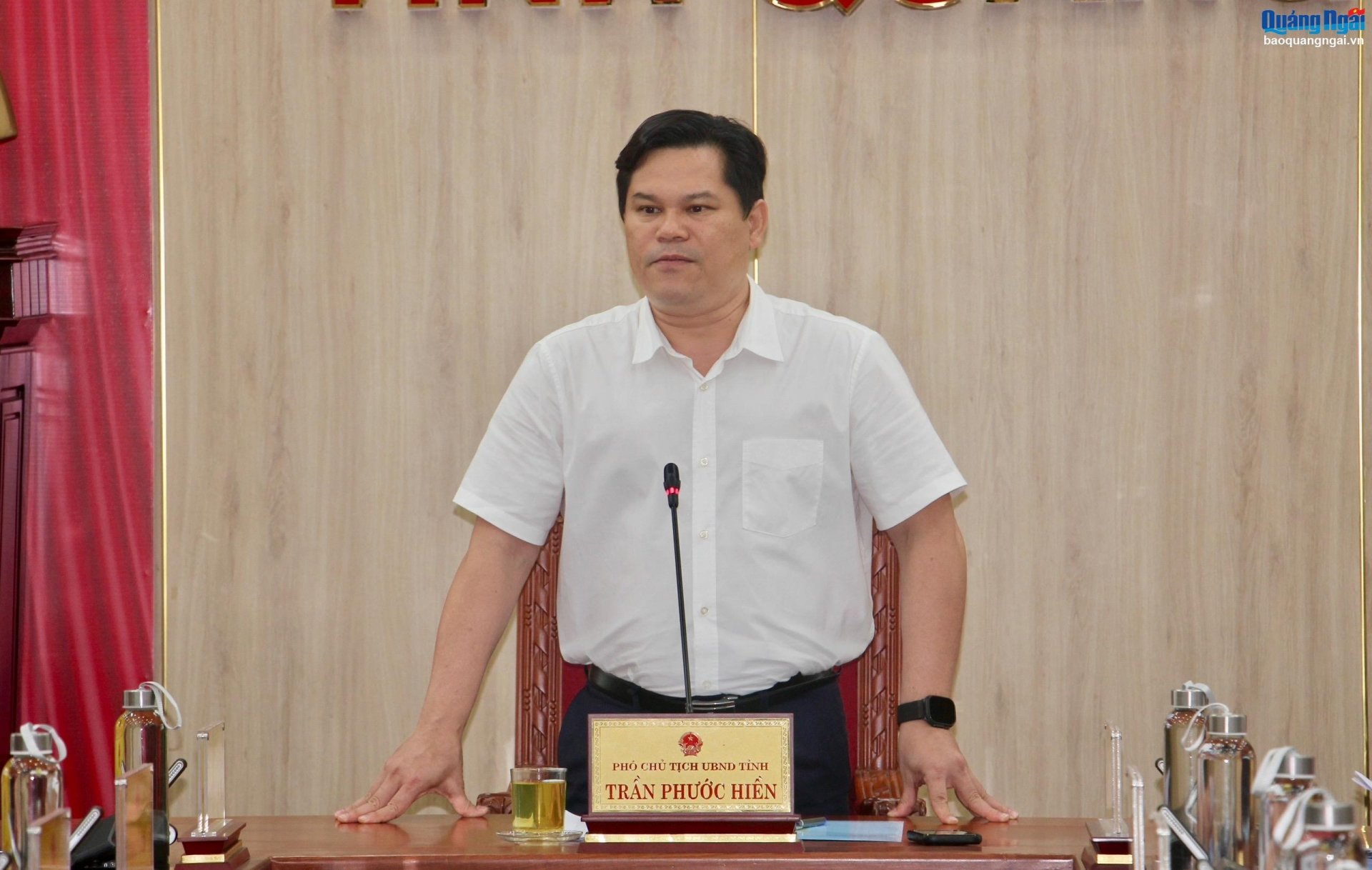
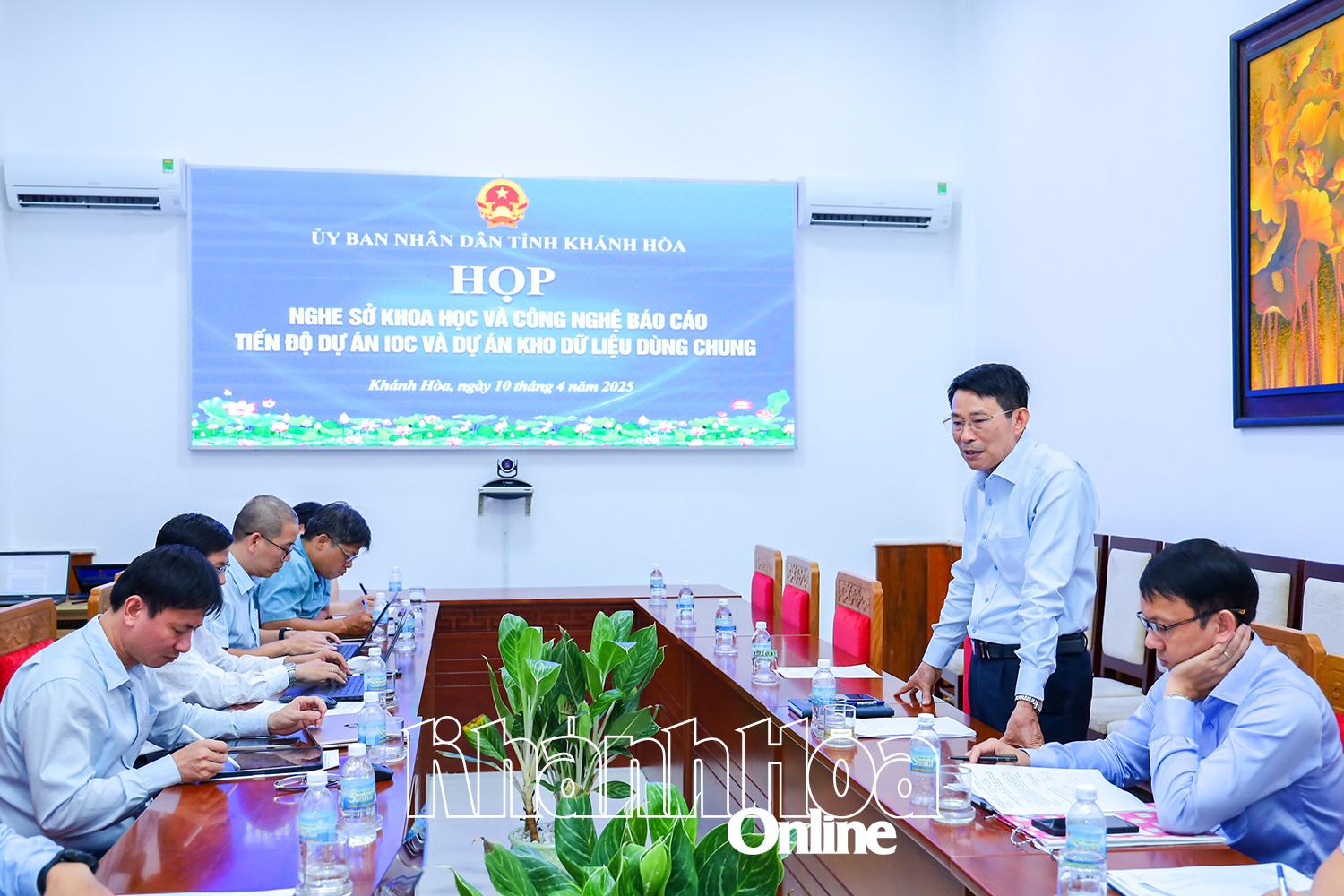
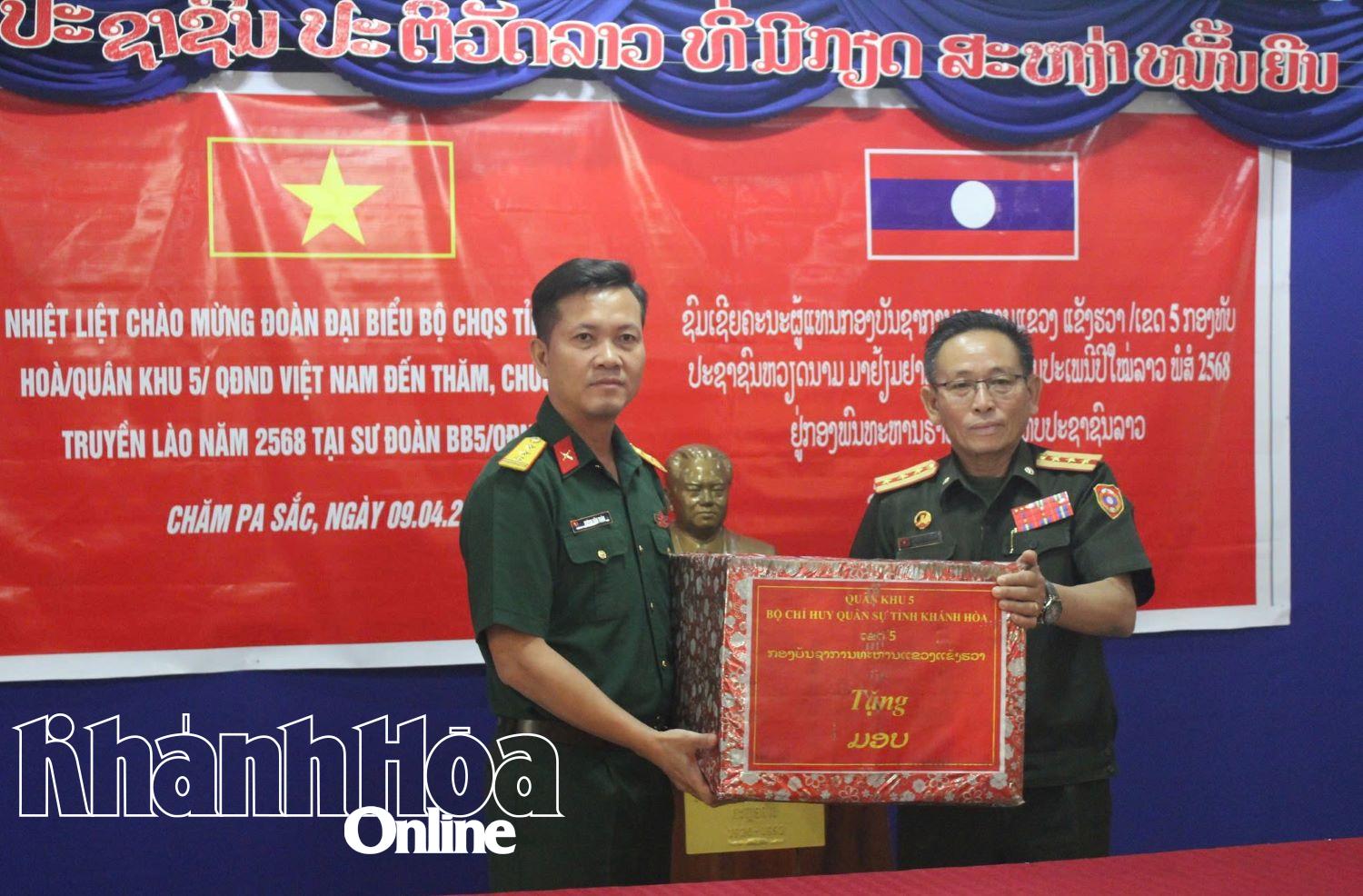
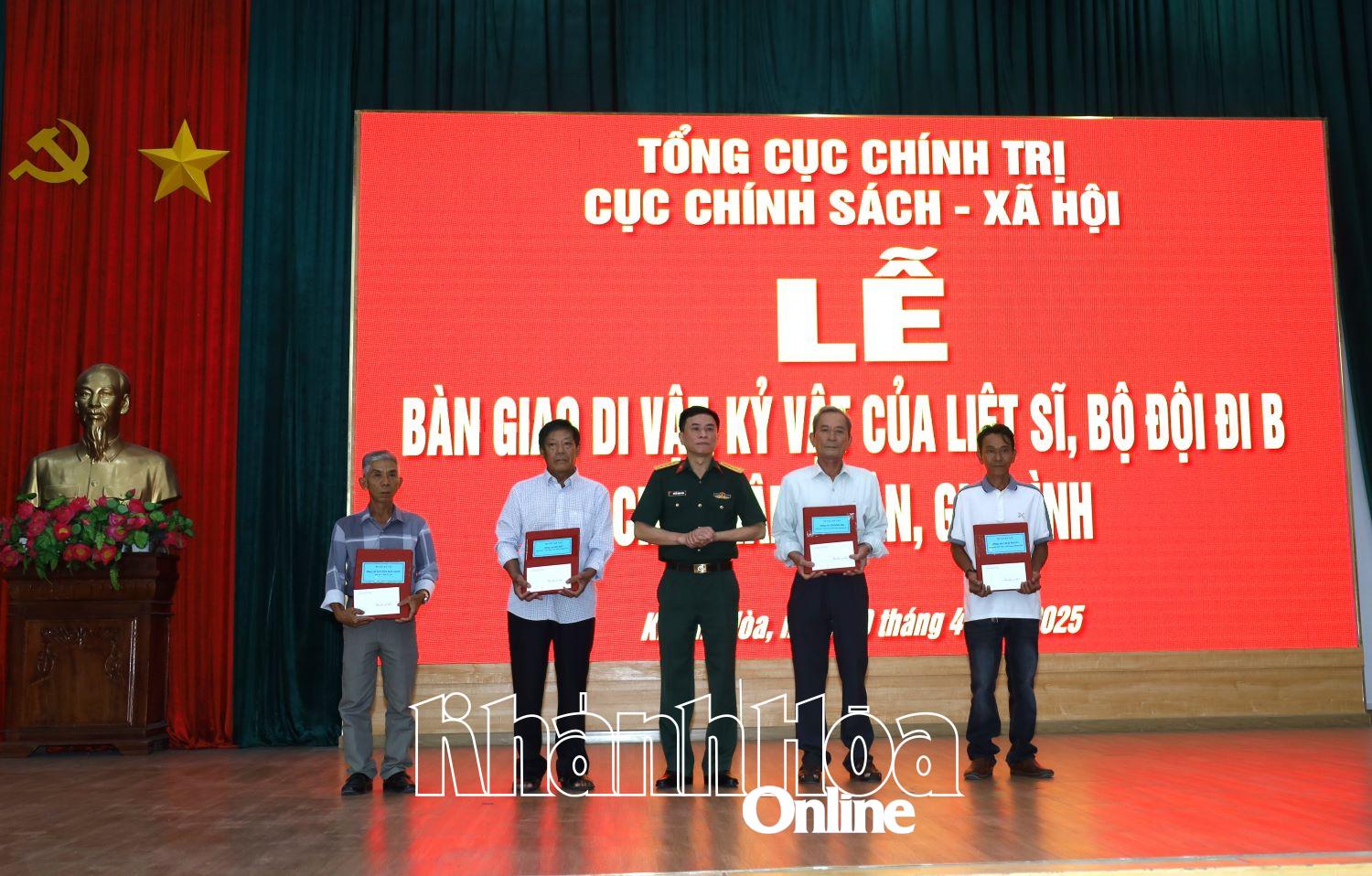





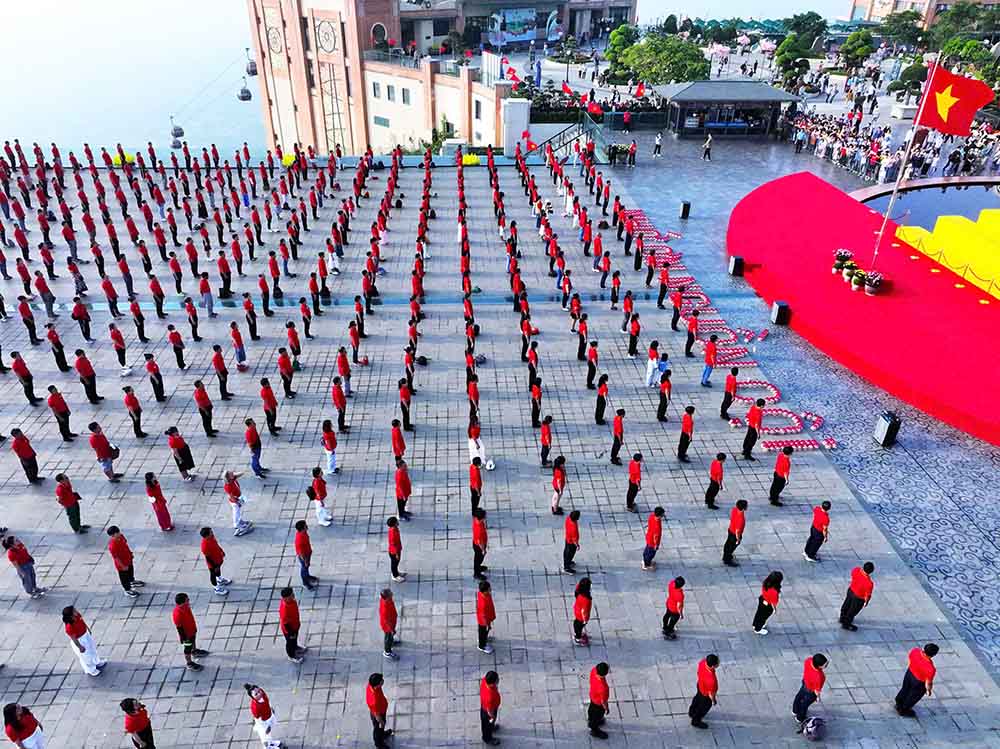




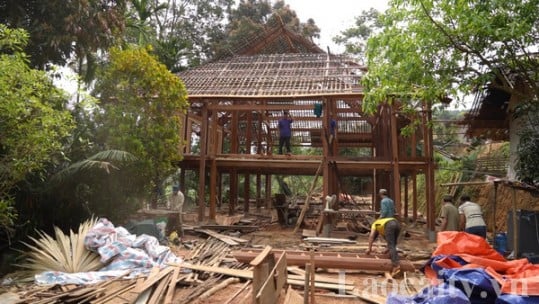
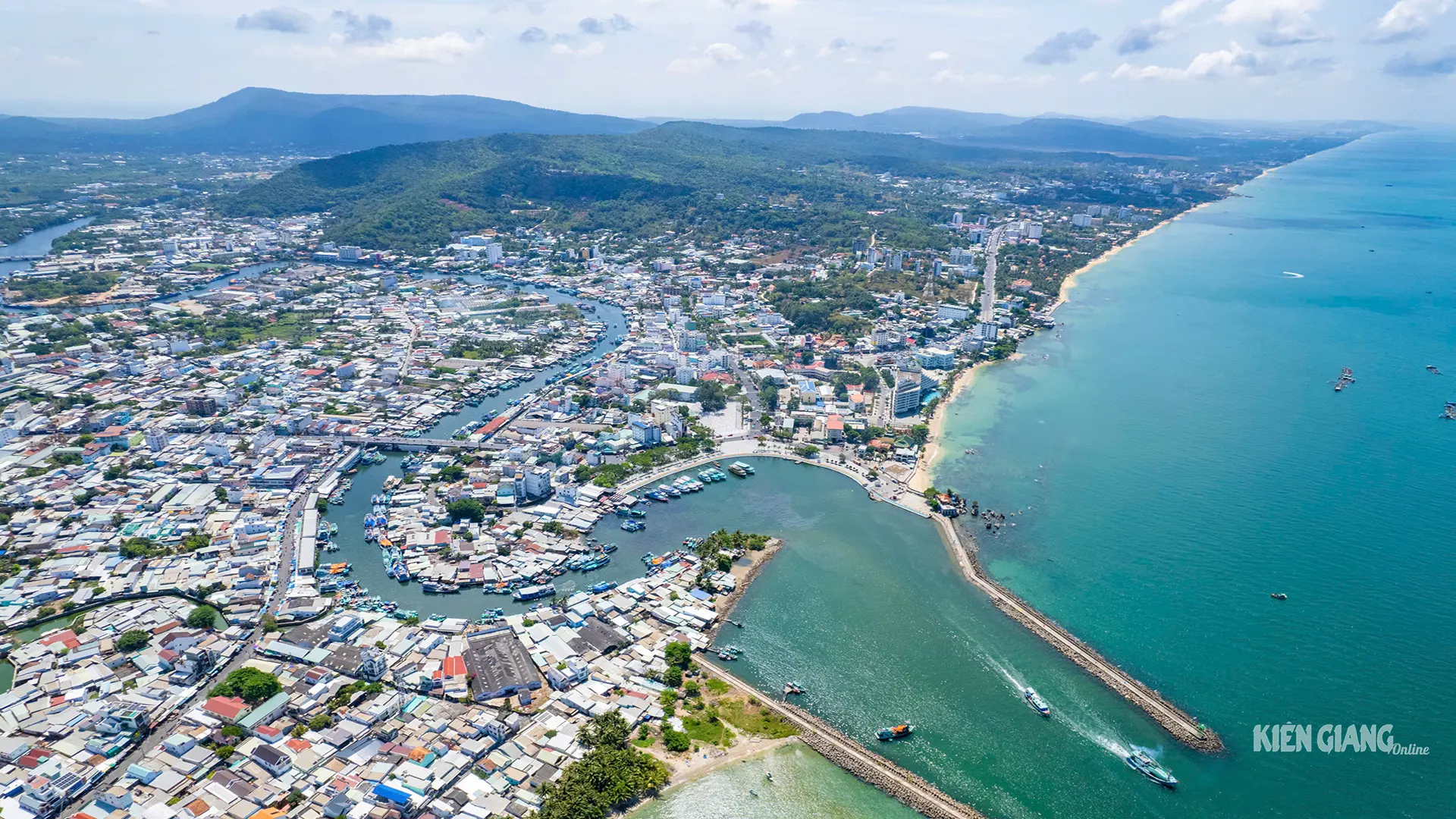
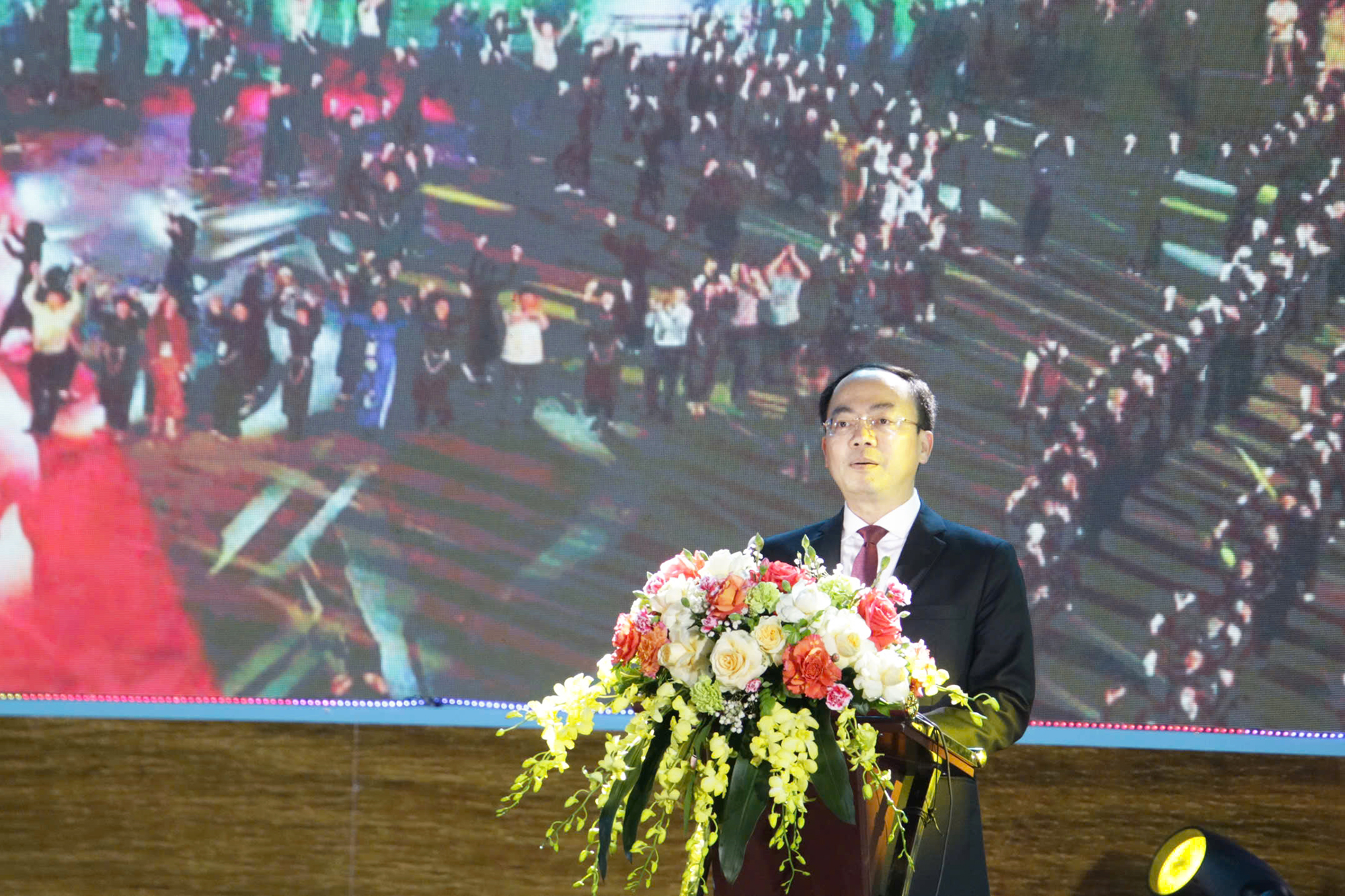
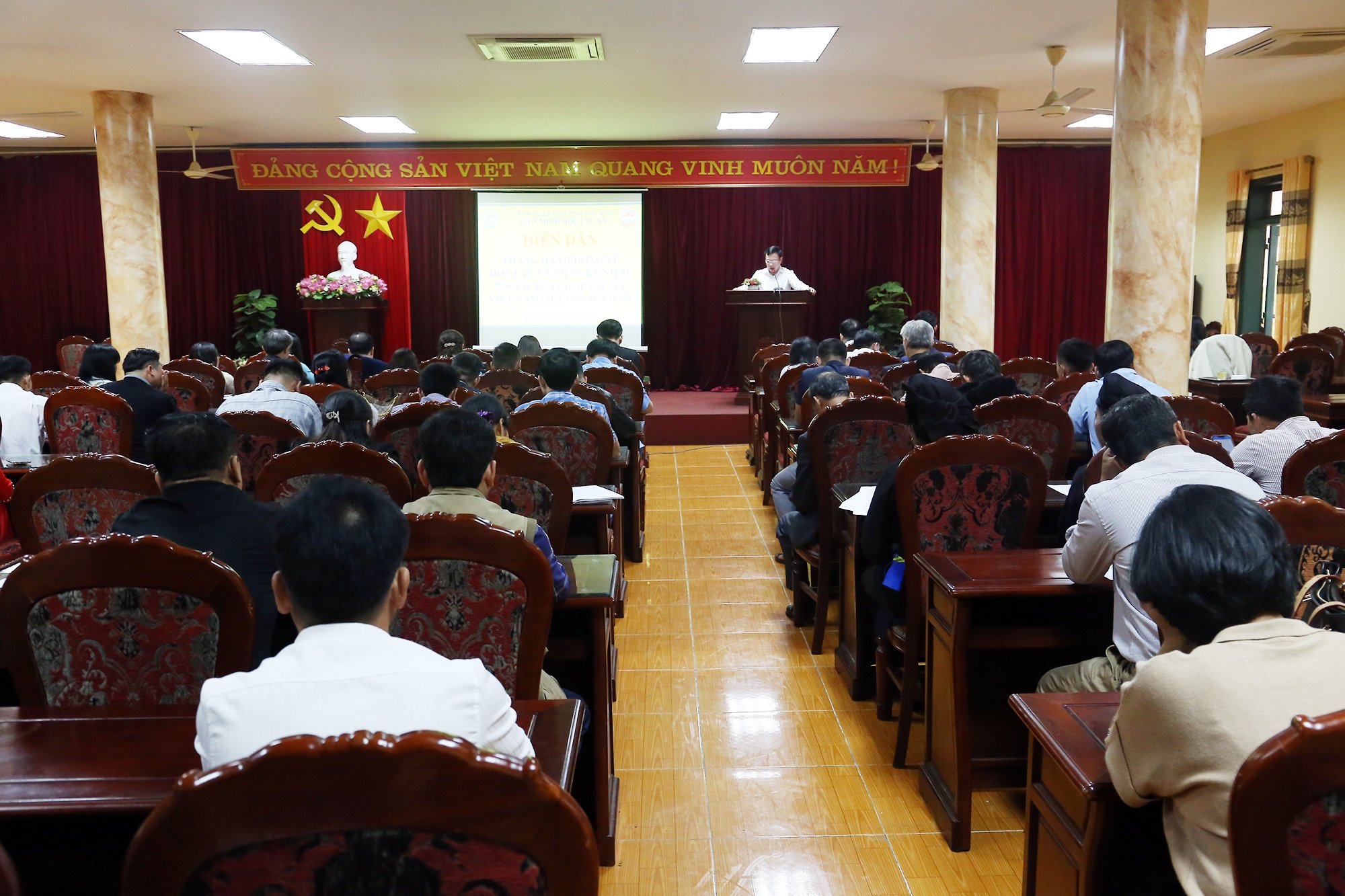
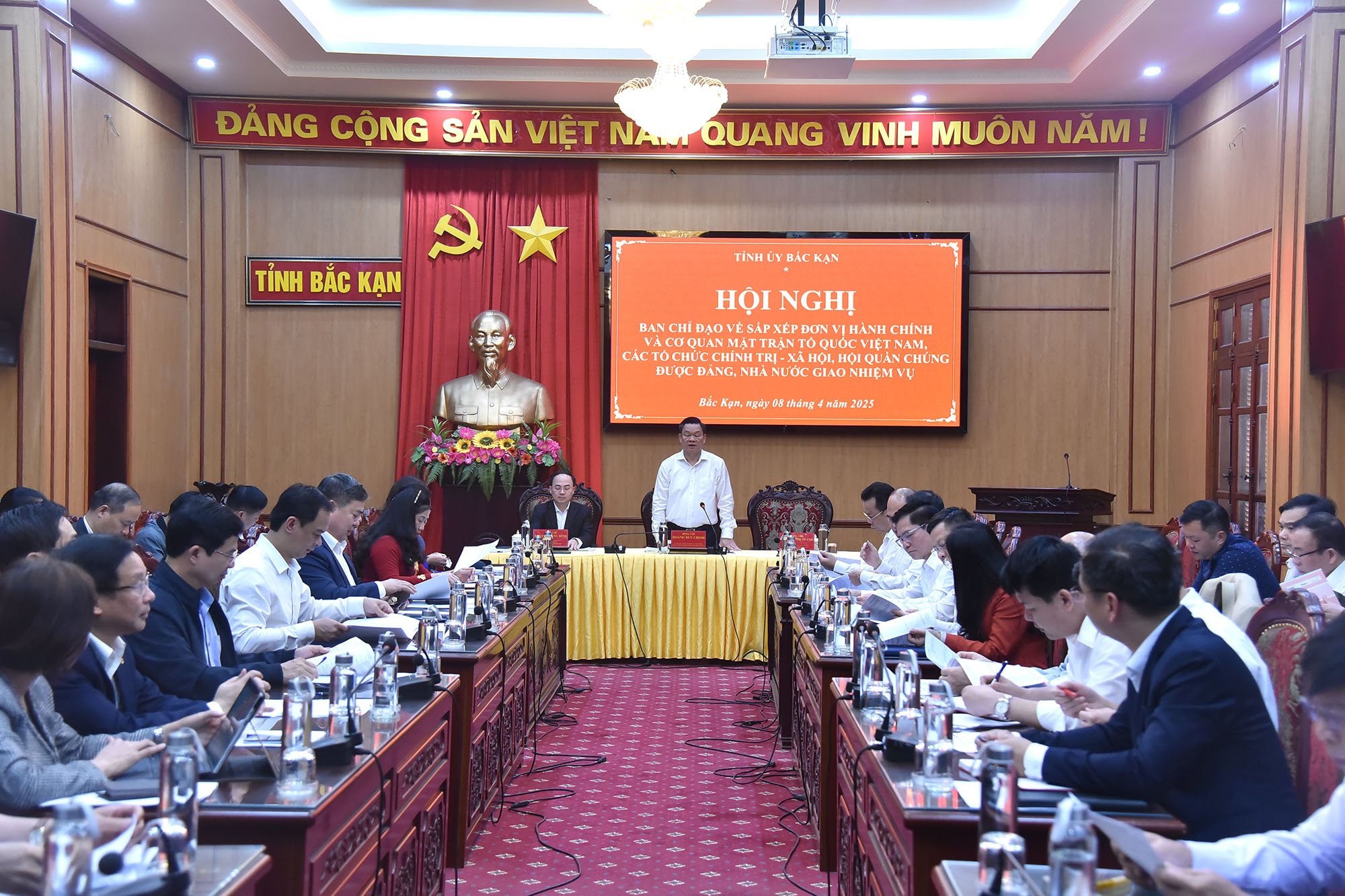
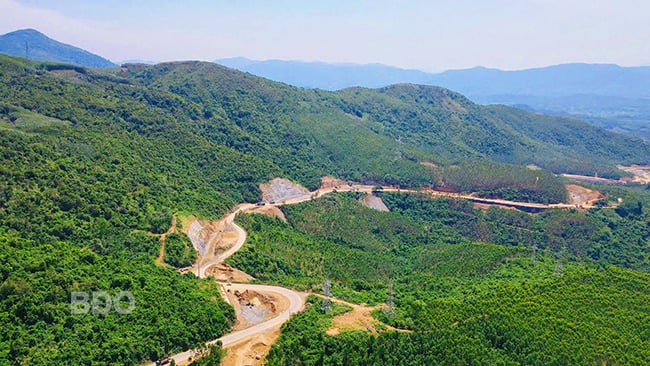























































Comment (0)